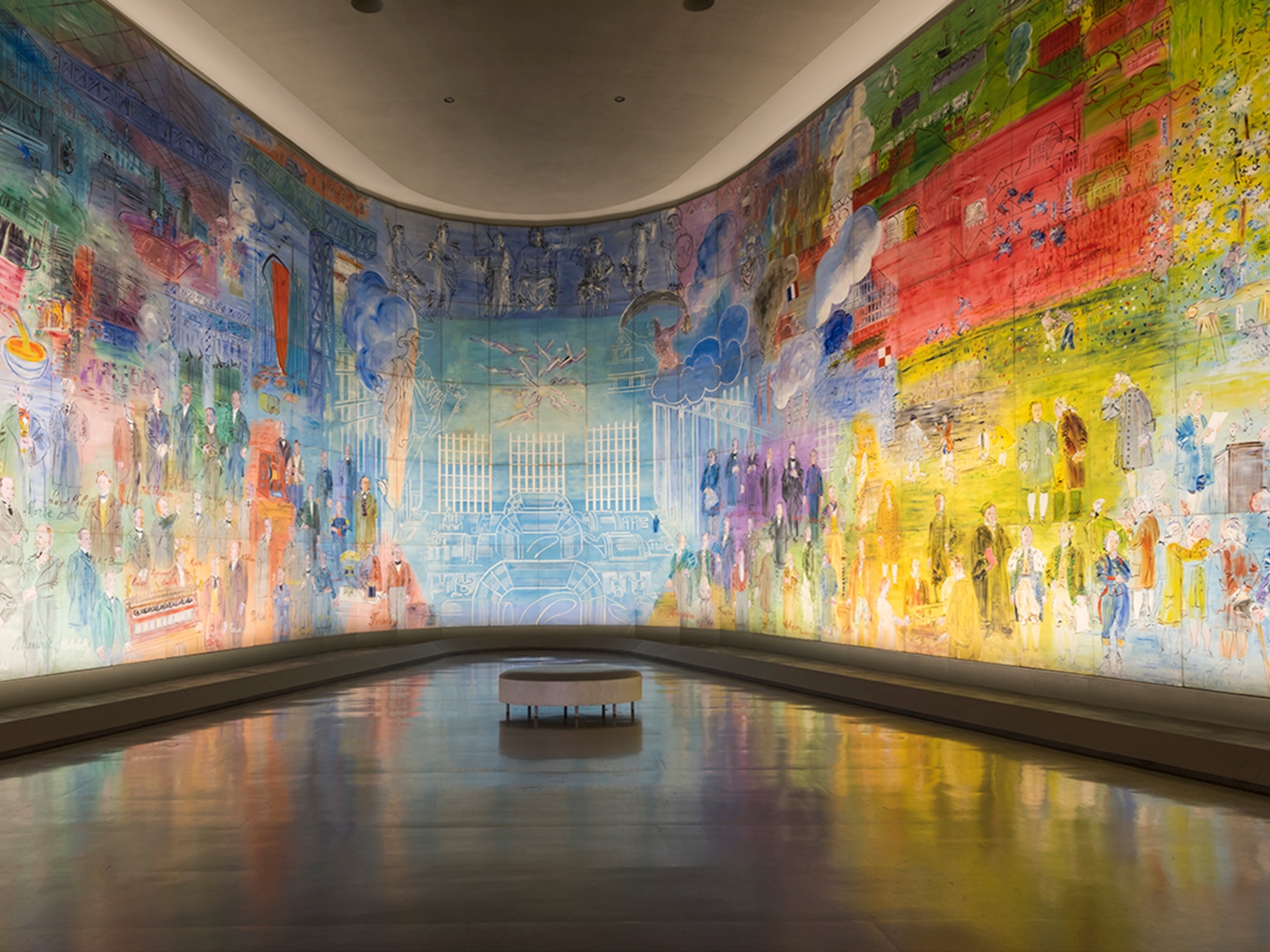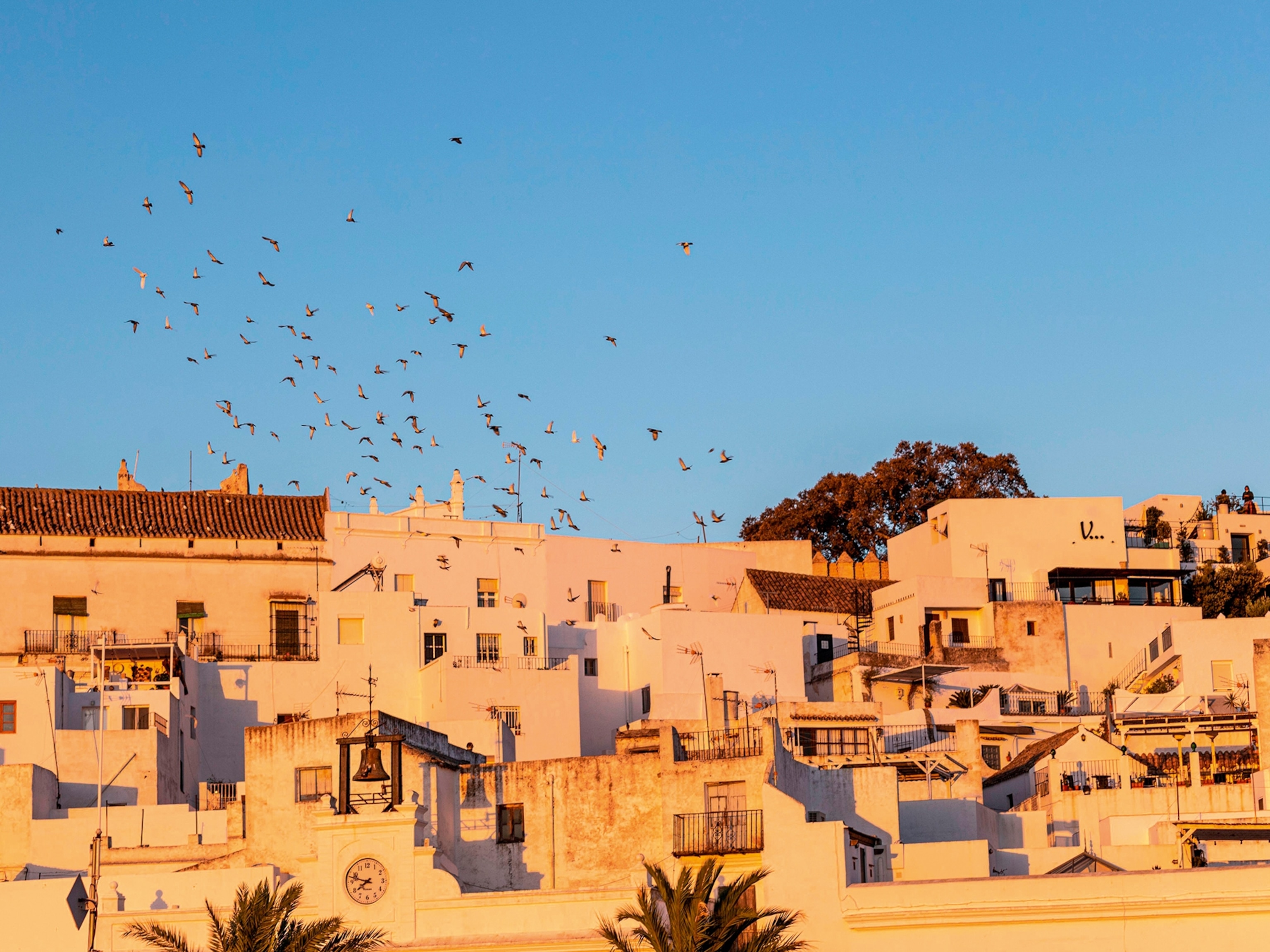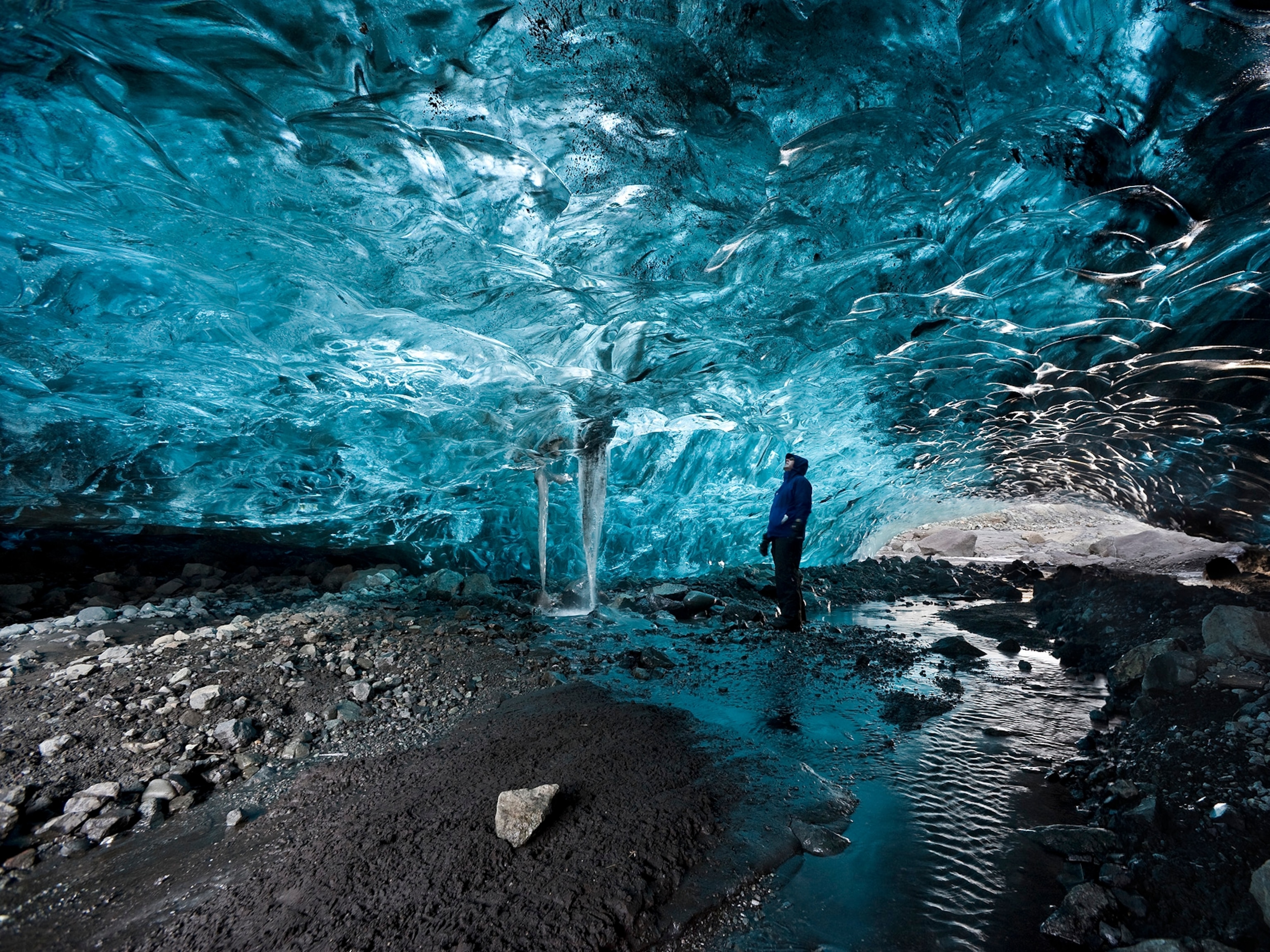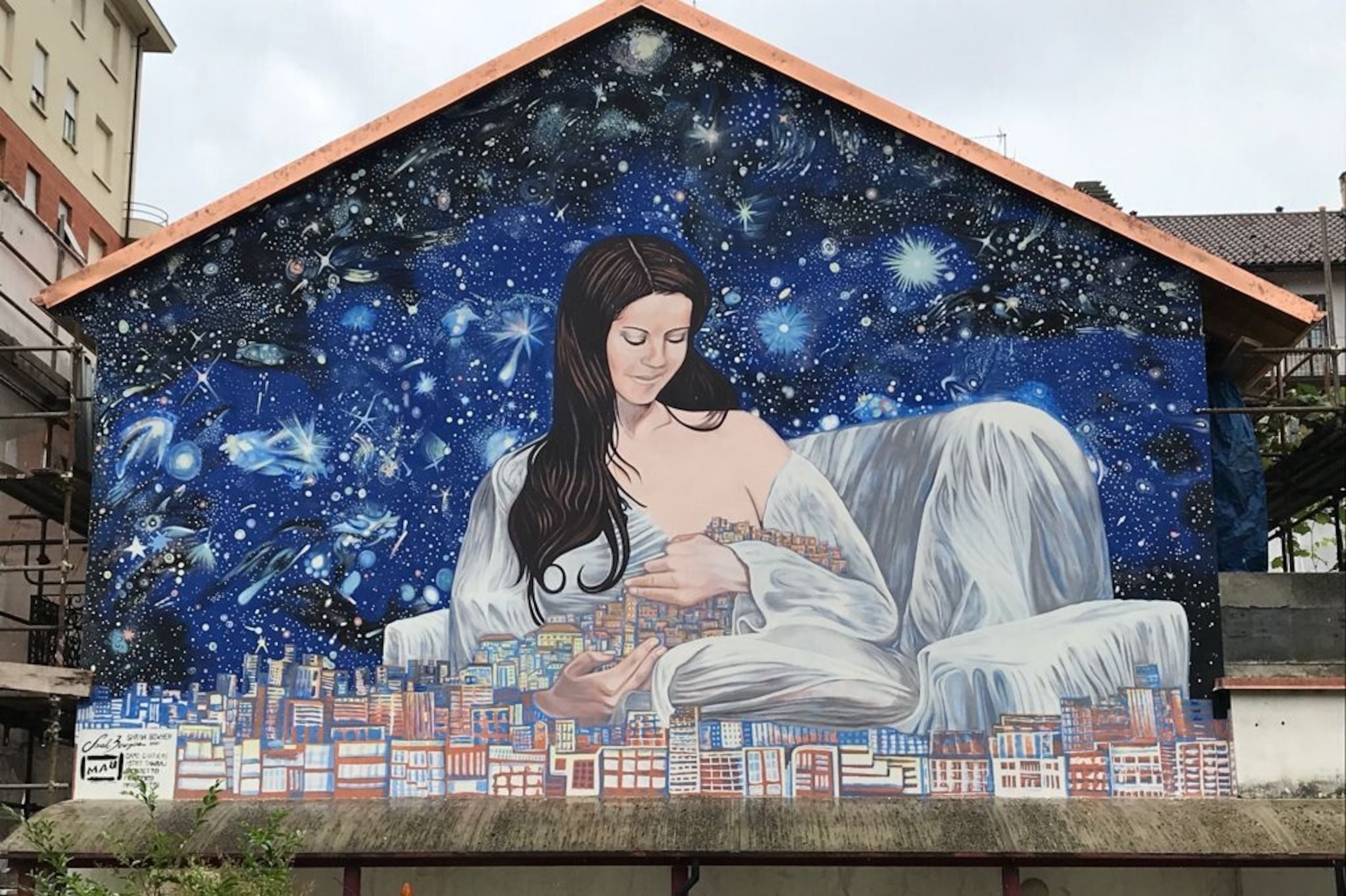
How urban art is shining the spotlight on lesser-known Italian destinations
Located in Turin, the Museum of Urban Art is the first permanent itinerary of murals in a major Italian city. Artistic director Edoardo di Mauro talks about the project and the role of urban art in a country so famous for its museums and galleries.
Tell us about the urban art scene in Italy.
Italy saw some pioneering examples of public urban art between the end of the 19th and start of the 20th century. They were tied with the Liberty and art nouveau art movements, which represented the will to bring creativity and beauty not only to the buildings of the rich and powerful but also to those with a more collective use, such as schools, factories and hospitals. Then, in the 1960s and 1970s, in the wake of social engagement and avant-garde art movements such as arte povera (literally translated to ‘poor art’, a radical Italian movement that saw artists explore unconventional materials), land art (where art is sculpted directly into an outdoor landscape) and visual poetry, urban art became a form of protest in various medium-size urban centres. After a partial lull in the 1980s and the first half of the 1990s, when numerous sculpture parks financed by private collectors were born, the big wave of muralism finally began in the second half of the decade.
How did Turin’s Museum of Urban Art (MAU) start?
MAU was born in 1995. At the time, I worked as the artistic co-director of the Turin Civic Gallery of Modern and Contemporary Art. Alongside a group of other local cultural operators, I was offered the opportunity to contribute to the urban regeneration of the city’s Borgo Campidoglio neighbourhood through contemporary art. The museum started from the bottom up, with a number of locals saying they’d be willing to host permanent murals on their buildings and homes. This allowed us to maintain public control of the project and, thanks to a written agreement, prevent the art works from being arbitrarily painted over.
What were the aims of the museum?
In times of uncertainty and globalisation — not only on an economic level but on a cultural one, too — the main goal of the project was, and remains, to help people rediscover a vocation for the arts. Bringing art out of its traditional contexts, such as galleries and museums, makes it more accessible. It helps people to see that contemporary and modern art doesn’t have to feel highbrow or cliquey; if stemming from genuine conversations and confrontations, it can be an occasion for authentic cultural growth.
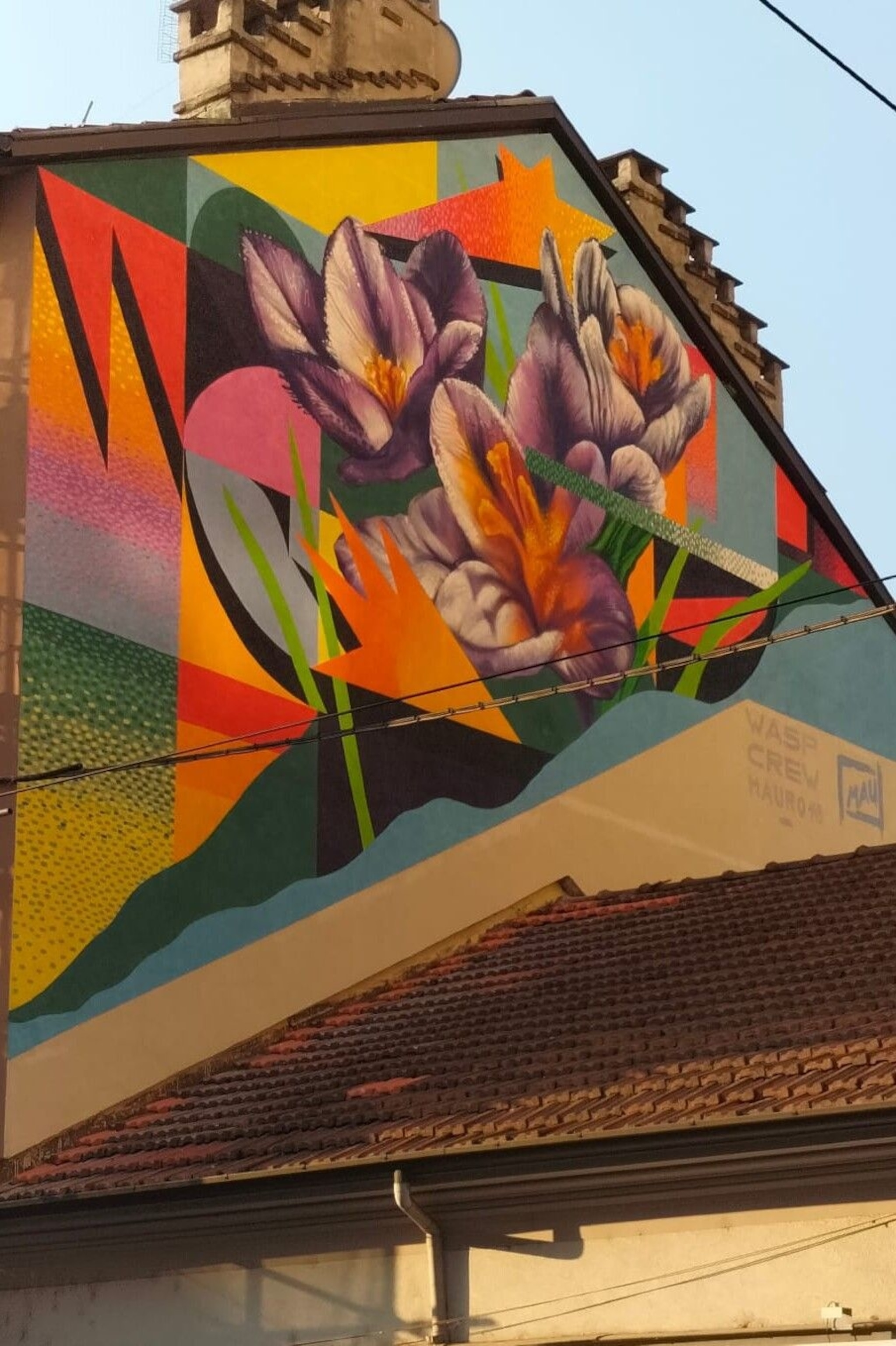
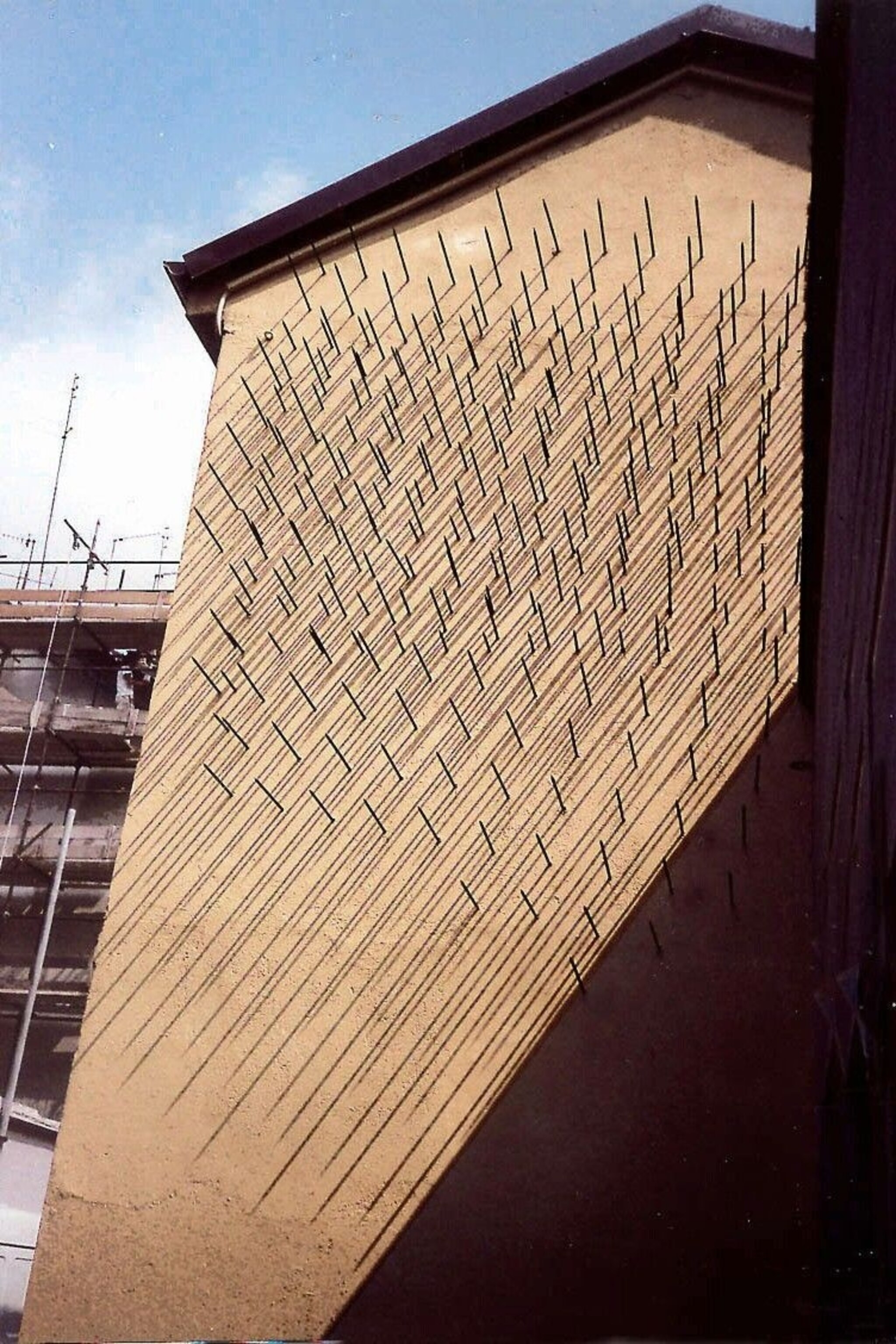
What does Borgo Campidoglio look like today, and could the project expand to other areas?
Today, we boast over 190 permanent murals in Borgo Campidoglio — plus around 150 more in other neighbourhoods and around the wider Turin province, where we’ve been asked to bring our project of collaborative art. Areas including Falchera, Barriera di Milano, Mirafiori and Vanchiglia, to name just a few, have taken big steps forwards in terms of regeneration and revaluation thanks to urban art. What’s more, we now have a permanent exhibition space in Borgo Campidoglio, and we also engage in various events geared towards social inclusion and destination marketing.
How can urban art help with urban regeneration projects?
Borgo Campidoglio is a great example: through art, we’ve helped visitors discover a historical working-class neighbourhood and a working-class side of Turin — not only locals but people from across the country and from abroad, too, as proved by the numerous requests for private tours we keep on receiving.
It’s great to bring this storied area under the spotlight. From an urban perspective, Borgo Campidoglio developed between 1853 and 1919, with a defining structure of low-hung homes, green inner courtyards and narrow roads. It also has a vibrant community of artisanal workshops, artists’ studios, galleries, breweries and osterie (traditional Italian restaurants characterised by a hearty cuisine and low prices) — all of which makes it feel like a village within a city.
MAU is the first initiative of its kind in the country. What’s the place of urban art in Italy, a country so famous for its historic, ‘traditional’ art?
Urban art represents a significant sector of Italy’s artistic offering. It can also serve as a way into the cultural scene, encouraging people who might not have a close relationship with the arts to visit galleries and museums. For travellers who want to see more of Italy’s great murals among the big cities, I’d recommend Naples and Rome.
Art critic Edoardo di Mauro is the artistic director of MAU — Museum of Urban Art Turin and curator of BAM Piedmont Biennial of Contemporary Art. He’s overseen hundreds of exhibitions in public and private spaces in Italy and around Europe.
Plan your trip
Ryanair, EasyJet and British Airways fly direct from London to Turin in around two hours. For more information about the Museum of Urban Art, visit museoarteurbana.it. To book a guided tour, head to culturalway.it
For more information, visit italia.it
Follow National Geographic Traveller (UK) on social media
